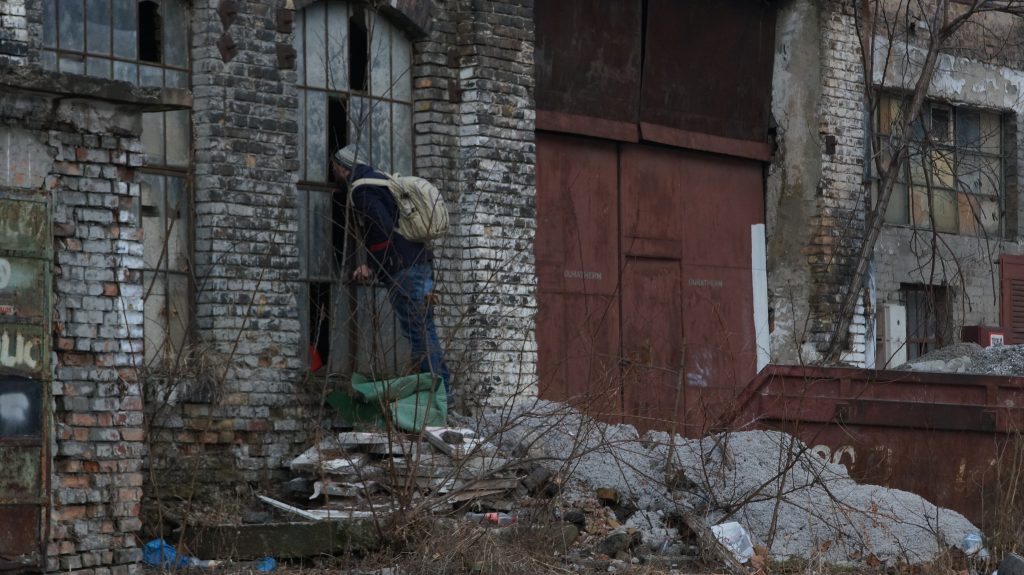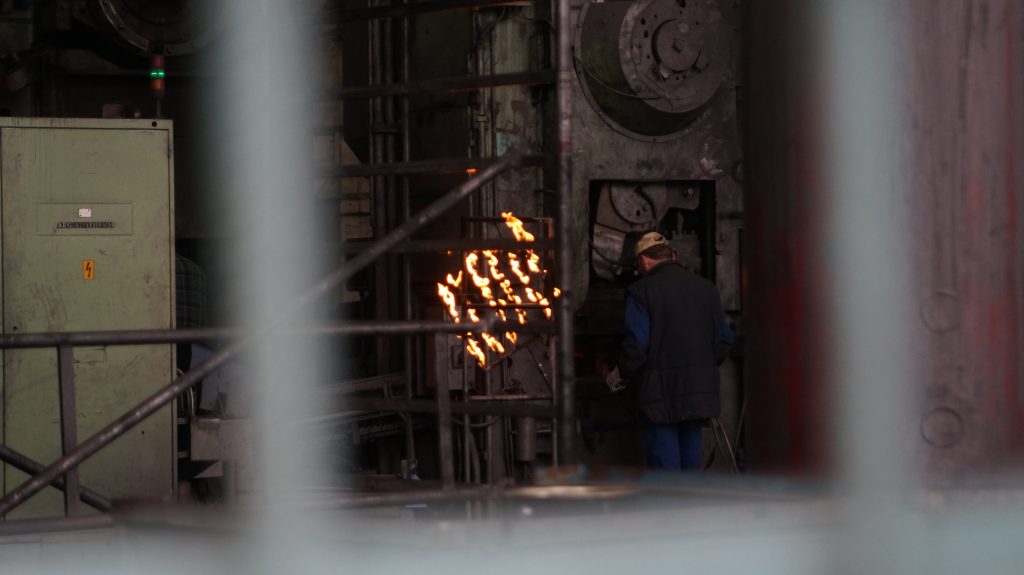This is not (just) our everyday Hungarian reality: an artist can be as radical and innovative as they please, but if they cannot convince political actors and those in power that they are working for the greater good of society, they won’t be able to create any of their most exciting projects.
I’ll start at the end: I would have bet a pretty penny what the main topic of the last roundtable discussion of the symposium would be, simply based on what the presentations were about on our second day in Csepel. And yes, we got pictures of the various stages of the struggle between artists and civilians vs. city leaders and politicians. And the resolution of these images varied, based upon where we were exactly: the relationship between civilian and state sectors, between artists and politicians differ country to country, and what is even more probable, district to district. I’ll make a wager with my dear Reader: what do they think, would it be easier to find common ground with a Hungarian, a Norwegian or a Slovenian mayor when setting up a new artistic project that aims to mobilize the local community?

Dominika Tihanyi held a fascinating presentation about rethinking both our urban conditions and all means available to us in such spaces. Looking at urban spaces with a fresh, unbiased eye should be the basis of all future urban planning and development: art can put something boringly familiar into a new, unfamiliar context, or vice versa, one or two surprising gestures can help us find new ways of looking at familiar elements in urban spaces. A common trait of the case studies presented was that they gave practical answers to general, even abstract questions. What does being a part of a thousand year-old nation mean? How can people be motivated to change their own environment? How can a space we visit every day be changed? These examples make it clear that changes made in a limited space, in the short term can facilitate long-term change. A suspicious, mistrustful mayor or two can mean a temporary obstacle, but not a final one…

James Ray Moore, a representative of the PICTURE Budapest – Østfold from the Norwegian part talked about his artistic experiences in Østfold. This was hitting two birds with one stone for participants, because even though they received a bit less theory about the subject, the presentation was an excellent introduction to the situation awaiting them in Moss and Fredrikstad two weeks later. Both cities were industrial areas yesterday, and postindustrial areas today – locals which will go through extreme changes in the next one-one and half decades. The artistic interventions planned in the vast areas of one-time factories will thus be temporary in nature for multiple reasons: they will only last for the duration of PICTURE Budapest – Østfold, and only a few of audience members and participants will remember them in a couple of year’s time. Remembering is good: take the example of the philanthropist who by chance visited a performing arts event held in one of Scenekunst Østfold’s old, industrial areas with his family, was amazed by what kind of wonderful things could be created in an abandoned factory hall, and then later chose to support the cause…
Maja Pegan talked about her experience in Maribor. Besides presenting various exciting projects that bring city dwellers into play in the urban space, it was also enlightening to hear about how careless communication or city leaders dreaming of quick success and spectacular results can lead to the best of intentions going sour. Because sometimes there is a need for a professional interpreter between municipal representatives and people living in the same city, even though on the surface they speak the same language…
Text by Tamás Jászay
Translated by Dávid Cseh